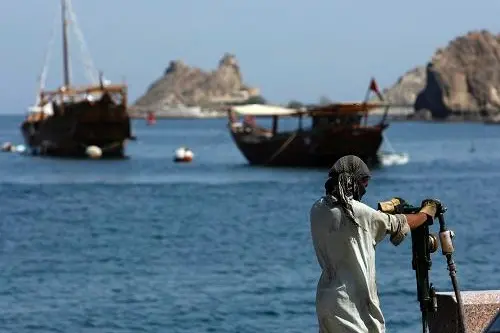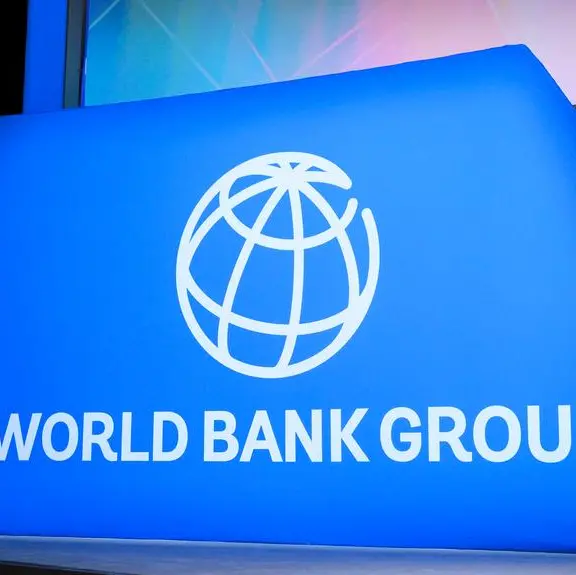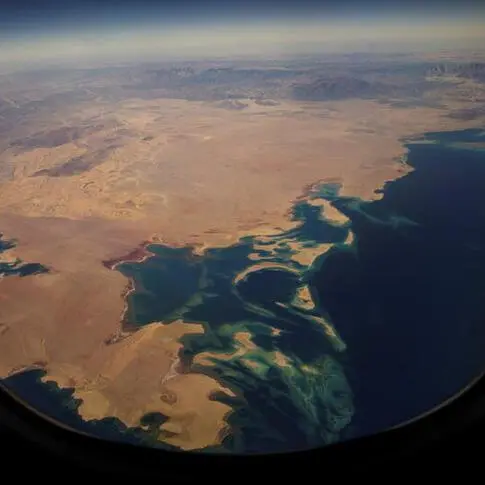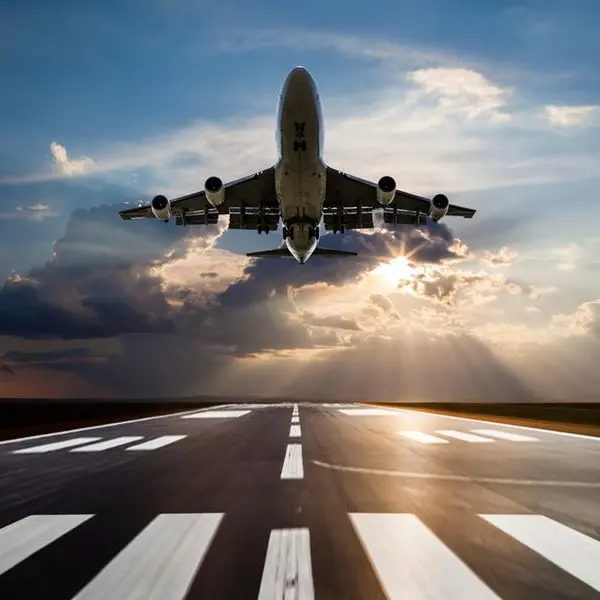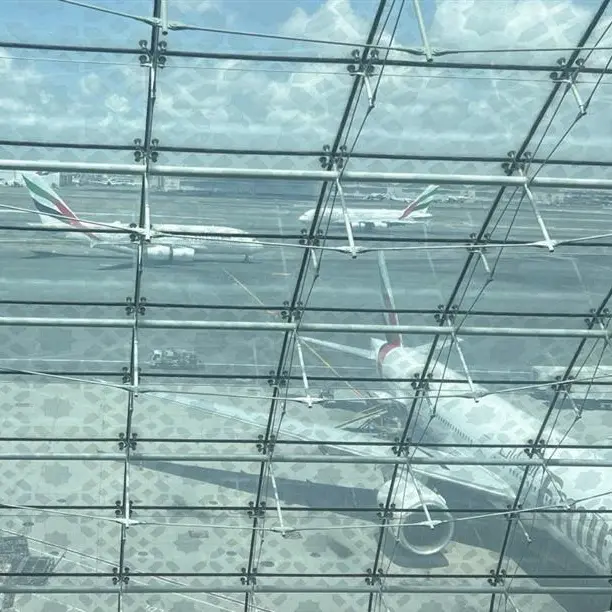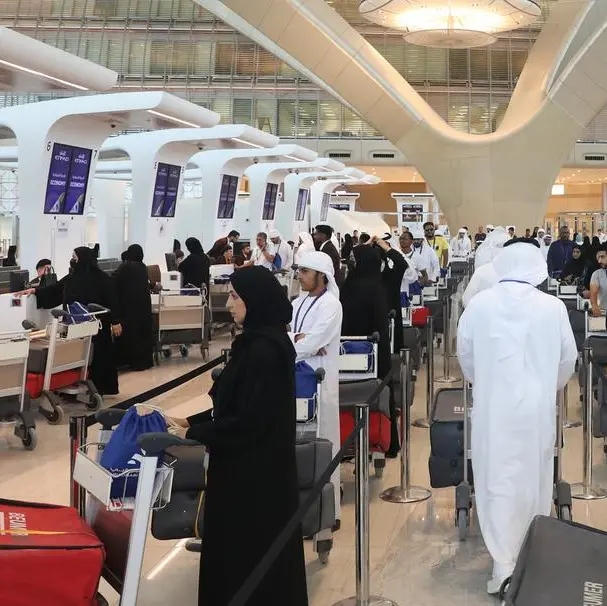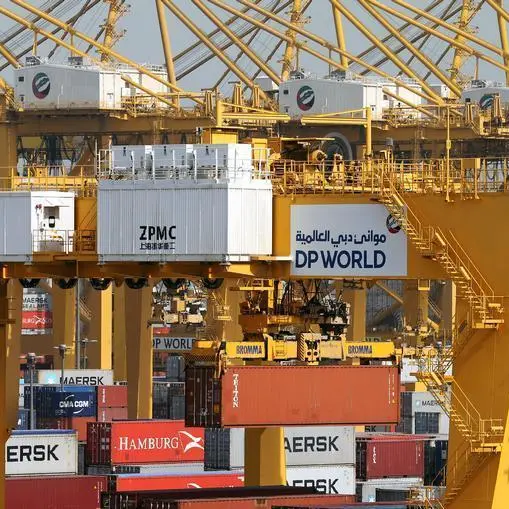PHOTO
09 January 2017
Rejimon K
Muscat: Oman is expected to trim spending on health, education, defence, as well as on its ministries and government units in 2017, while spending on the oil and gas sector will rise slightly, according to a detailed report by a financial house.
Ernst and Young has released its analysis of the 2017 State Budget, saying Oman’s diversification programme, coupled with priority spending, is expected to boost economic growth in the medium term. In line with its Ninth Development Plan (2016–20), the economy will become more dependent on the non-oil sector, notably in manufacturing, transport, logistics and tourism, as oil output stabilises and then falls.”
According to the report, this year Oman will spend OMR 3.34 billion for defence and security, down by OMR160 million in 2016.
In the oil and gas sector, the OMR1.82b planned for 2017 is an increase of OMR30m over the last year.
However, the education sector’s OMR1.58b is a decrease of OMR60 million, while the health sector’s OMR612 million means OMR19m will be saved over 2016’s expenditure.
Ministries and government units will spend OMR2.18b, with officials taking one of the biggest reductions, as OMR156 million is cut from their spending.
One expenditure that will rise will be interest paid on loans, as Oman borrows more to offset the deficit, with a planned OMR265 million allocated, which is a steep rise of OMR175 million.
In the development sector, Oman will be spending OMR1,355 million.
In 2016, the amount for the same was OMR1,350 million.
The report also details an expected decrease of OMR110 million in oil revenues this year, though OMR70m extra is expected from gas and OMR94 million is to come from from taxes and fees.
Ernst and Young’s report confirmed that despite the persistent fall in oil prices, the Sultanate’s economy grew by 2.3 per cent in 2016, owing to the rise in oil production.
Meanwhile, one international investment advisor in Muscat said that if oil prices do not increase in 2017, it would be a tough time for the country, even with strict austerity measures in place.“Even though the 2016 budget deficit was estimated at OMR3.3 billion, the actual was OMR5.3 billion. The 2015 actual budget deficit was also around OMR4.6b, while the estimated deficit was only OMR2.5 billion.
“This means that the budget deficit was already around OMR10 billion by the end of 2016. Now, with estimated OMR3b deficit in 2017, it is OMR13b. How to plug this deficit will be a challenge for Oman,” said Dr Anchan CK, an investment advisor.
“In 2016, revenue was budgeted at OMR8.6 billion, but Oman received only OMR7.36 billion. Similarly, the expenditure was budgeted at OMR11.9 billion, but it went up to OMR12.65 billion. Without tight expenditure controls, things are not going to help Oman,” he added.
Lateef Shahdad, general manager at Schindler Elevator Division Oman, said that development projects in Duqum, Sohar and Salalah reveal the strong fundamental foundation of the economic structure of Oman that cannot be sidelined by the prevailing situation.
“I do not see any blockade or scary conditions due to prevailing regional economic scenarios to stop Oman from growing, as its future still has huge opportunities to offer, despite the regional slowdown,” the general manager added.
Rejimon K
Muscat: Oman is expected to trim spending on health, education, defence, as well as on its ministries and government units in 2017, while spending on the oil and gas sector will rise slightly, according to a detailed report by a financial house.
Ernst and Young has released its analysis of the 2017 State Budget, saying Oman’s diversification programme, coupled with priority spending, is expected to boost economic growth in the medium term. In line with its Ninth Development Plan (2016–20), the economy will become more dependent on the non-oil sector, notably in manufacturing, transport, logistics and tourism, as oil output stabilises and then falls.”
According to the report, this year Oman will spend OMR 3.34 billion for defence and security, down by OMR160 million in 2016.
In the oil and gas sector, the OMR1.82b planned for 2017 is an increase of OMR30m over the last year.
However, the education sector’s OMR1.58b is a decrease of OMR60 million, while the health sector’s OMR612 million means OMR19m will be saved over 2016’s expenditure.
Ministries and government units will spend OMR2.18b, with officials taking one of the biggest reductions, as OMR156 million is cut from their spending.
One expenditure that will rise will be interest paid on loans, as Oman borrows more to offset the deficit, with a planned OMR265 million allocated, which is a steep rise of OMR175 million.
In the development sector, Oman will be spending OMR1,355 million.
In 2016, the amount for the same was OMR1,350 million.
The report also details an expected decrease of OMR110 million in oil revenues this year, though OMR70m extra is expected from gas and OMR94 million is to come from from taxes and fees.
Ernst and Young’s report confirmed that despite the persistent fall in oil prices, the Sultanate’s economy grew by 2.3 per cent in 2016, owing to the rise in oil production.
Meanwhile, one international investment advisor in Muscat said that if oil prices do not increase in 2017, it would be a tough time for the country, even with strict austerity measures in place.“Even though the 2016 budget deficit was estimated at OMR3.3 billion, the actual was OMR5.3 billion. The 2015 actual budget deficit was also around OMR4.6b, while the estimated deficit was only OMR2.5 billion.
“This means that the budget deficit was already around OMR10 billion by the end of 2016. Now, with estimated OMR3b deficit in 2017, it is OMR13b. How to plug this deficit will be a challenge for Oman,” said Dr Anchan CK, an investment advisor.
“In 2016, revenue was budgeted at OMR8.6 billion, but Oman received only OMR7.36 billion. Similarly, the expenditure was budgeted at OMR11.9 billion, but it went up to OMR12.65 billion. Without tight expenditure controls, things are not going to help Oman,” he added.
Lateef Shahdad, general manager at Schindler Elevator Division Oman, said that development projects in Duqum, Sohar and Salalah reveal the strong fundamental foundation of the economic structure of Oman that cannot be sidelined by the prevailing situation.
“I do not see any blockade or scary conditions due to prevailing regional economic scenarios to stop Oman from growing, as its future still has huge opportunities to offer, despite the regional slowdown,” the general manager added.
© Times of Oman 2017
